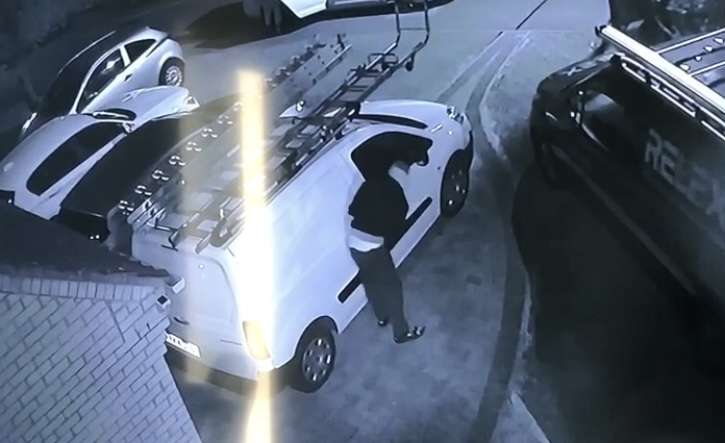
Van break-inns
In recent years, van break-ins have become an alarming trend across the United Kingdom, particularly targeting tradespeople and contractors who rely on their vehicles to transport tools and equipment essential for their livelihoods. The theft of tools from vans not only poses a significant financial burden on individuals and businesses but also disrupts essential services and undermines community safety.
The scale of the issue is staggering, with reports indicating a sharp rise in van break-ins and tool theft incidents. According to data from various police forces, thousands of vans are broken into each year, resulting in the loss of millions of pounds worth of tools and equipment. These thefts occur in both urban and rural areas, affecting tradespeople from all walks of life.
One of the primary reasons behind the surge in van break-ins is the high value of tools commonly carried by tradespeople. Power tools, hand tools, and other equipment can fetch substantial sums on the black market, making vans loaded with such items attractive targets for thieves. Moreover, the relatively lax security measures employed by some van owners, combined with the ease of breaking into commercial vehicles, further exacerbate the problem. Many vans are left loaded with tools overnight without adequate burglar alarms or driveway alarms
The impact of tool theft extends beyond the immediate financial loss. For many tradespeople, their tools represent not just an investment but also the means to earn a living. When these tools are stolen, it can disrupt their ability to work, leading to lost income and potential delays in completing projects. Additionally, the emotional toll of being targeted by thieves and the sense of violation that comes with having one’s property stolen cannot be understated.
The consequences of van break-ins are not limited to individual tradespeople; they also have wider implications for society. For instance, when essential services such as plumbing, electrical work, or construction are delayed due to tool theft, it can inconvenience households and businesses alike. In some cases, the lack of access to skilled tradespeople can even compromise health and safety standards, putting people at risk.
Efforts to address the issue of van break-ins and tool theft have been met with mixed success. While law enforcement agencies have increased patrols and launched awareness campaigns to educate van owners about security measures, the sheer scale of the problem presents significant challenges. Moreover, the decentralized nature of the thefts, occurring across different regions and involving various perpetrators, makes it difficult to implement targeted solutions.
In response to the escalating crisis, some van owners have taken matters into their own hands by investing in additional security measures. These may include installing alarm systems, reinforced locks, and secure storage solutions within the vehicle. However, such measures can only offer partial protection against determined thieves, who often employ sophisticated methods to bypass security systems.
Another approach to combating van break-ins involves community collaboration and intelligence-sharing. Tradespeople and local businesses can work together to identify suspicious activity and report it to the authorities promptly. Additionally, greater cooperation between law enforcement agencies and other stakeholders, such as insurance companies and industry associations, may yield more effective strategies for prevention and enforcement.
Ultimately, addressing the scourge of van break-ins and tool theft requires a multifaceted approach that combines targeted law enforcement efforts, improved security measures, and community engagement. By working together to tackle this problem, we can help protect the livelihoods of tradespeople, safeguard essential services, and uphold the safety and security of our communities.
